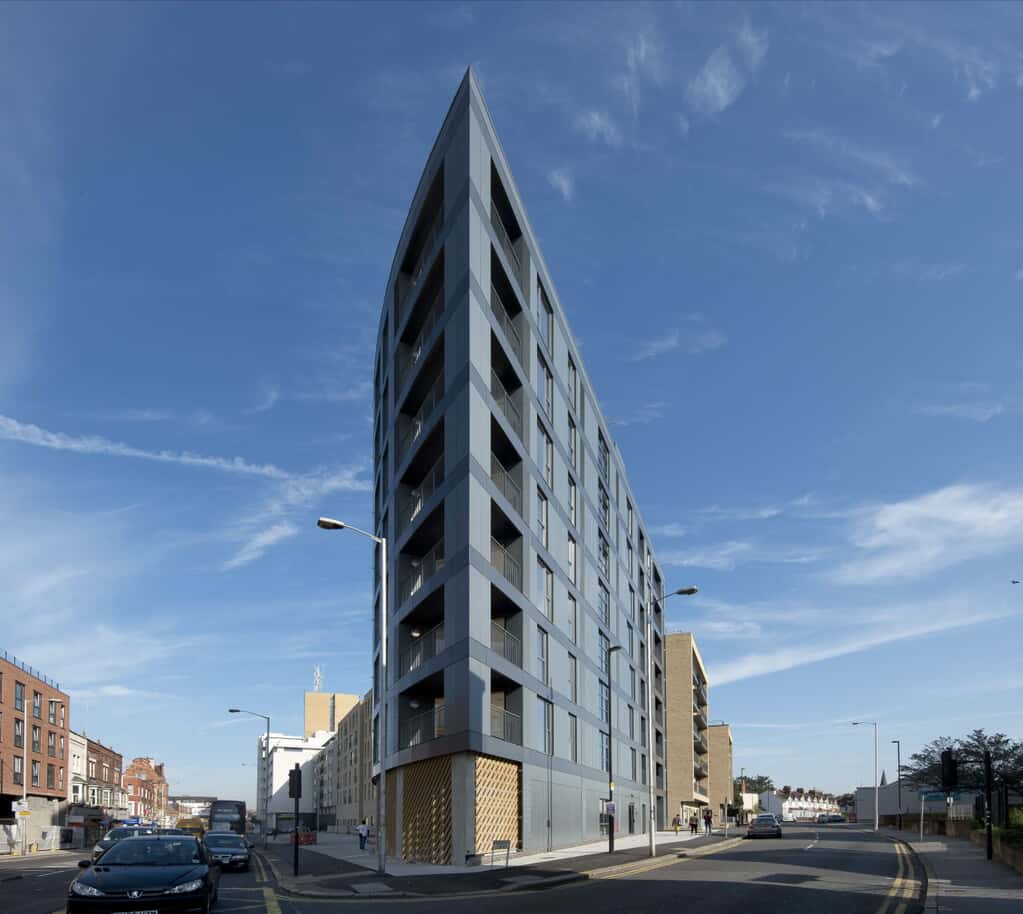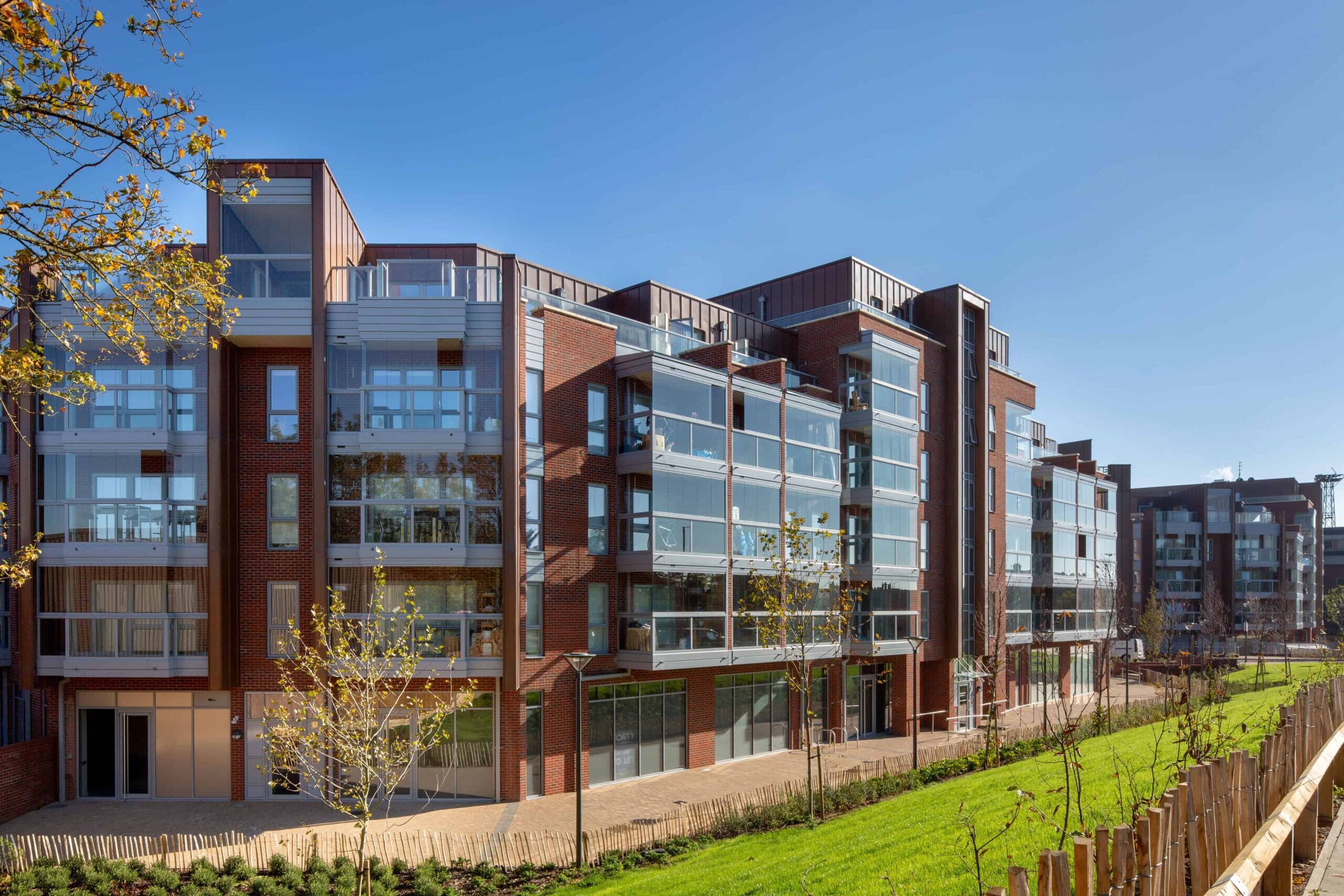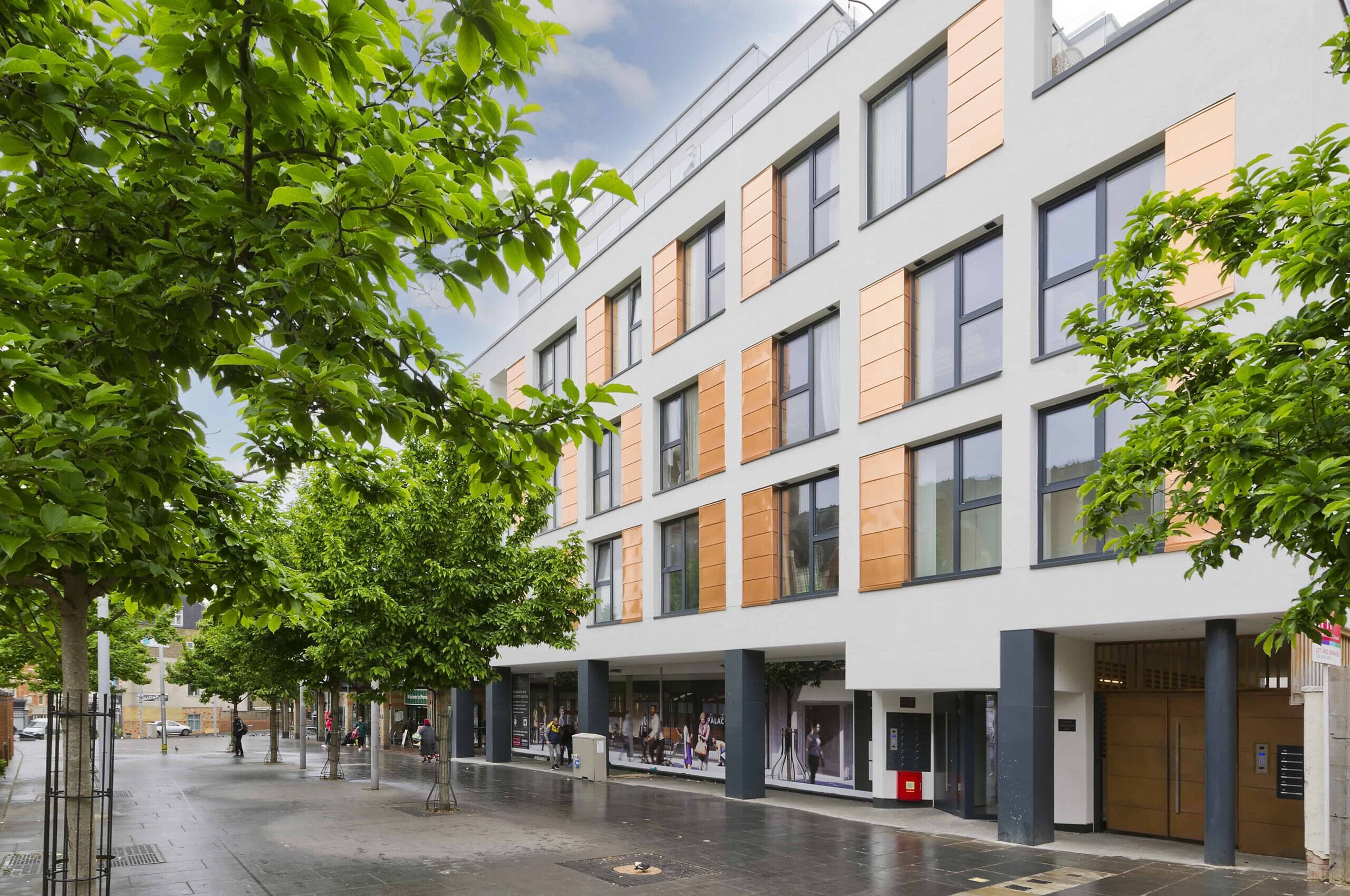CIRCULAR ECONOMY STATEMENTS
Fulfil sustainability targets with a comprehensive circular economy statement
A circular economy assessment helps developers to embed sustainable practice to deliver long-term benefits from building materials and their usage.


How can the construction sector deliver a circular economy?
A circular economy (CE) is achieved by keeping materials in use for as long as possible, before reusing or recycling them. The goal is to create minimal waste, instead retaining the value of resources. In construction, this is achievable in how buildings are designed, built, operated, maintained and replaced.


OUR CIRCULAR ECONOMY STATEMENT SERVICE
Does my development require a circular economy statement?
A statement is required for all major developments across London. It must be submitted with a planning application, as part of policy SI7 of the London Plan. The statement’s principles must then be adopted throughout the design and construction process.
Increasingly, local planning authorities (LPAs) outside of London are also adopting CE principles, requesting statements for major developments.
For developers committed to more stringent sustainability measures, devising a statement voluntarily can be a valuable exercise. These can contribute to a robust ESG agenda or fulfil client requirements on strategic developments.
Benefits of circular economy principles:
A circular economy assessment is intended to deliver sustainability benefits, primarily. When carefully considered and delivered precisely, it can also deliver reputational and financial benefits for developers, reducing costs around materials and waste management.


Develop a comprehensive Circular Economy Statement with expert guidance.
Contact our team today.
The value of a considered Circular Economy Statement
should demonstrate how building materials, construction methods and management techniques will be factored into design according to circular economy (CE) principles. It can then be used as a guide during construction stage, before being finalised post-construction to report on actual output and outcomes.
CE principles look at how products can be designed with end-of-use in mind, to ensure materials or elements are reusable or recyclable. This requires design that extends material use and value, and allows for reuse to minimise waste in the long term. In construction, this sees consideration given to how materials can be adapted, dismantled and replaced with minimal environmental impact over a building’s lifetime.
CE statements encourage developers to consider how a building’s use will change over its lifetime. Structures will always need to be adapted or reconfigured to reflect changing usage; updated or have elements replaced as part of repair and maintenance; and later dismantled at end-of-life. Considering the likely use of a building in the long term allows designers to deliver far-reaching sustainability benefits.

